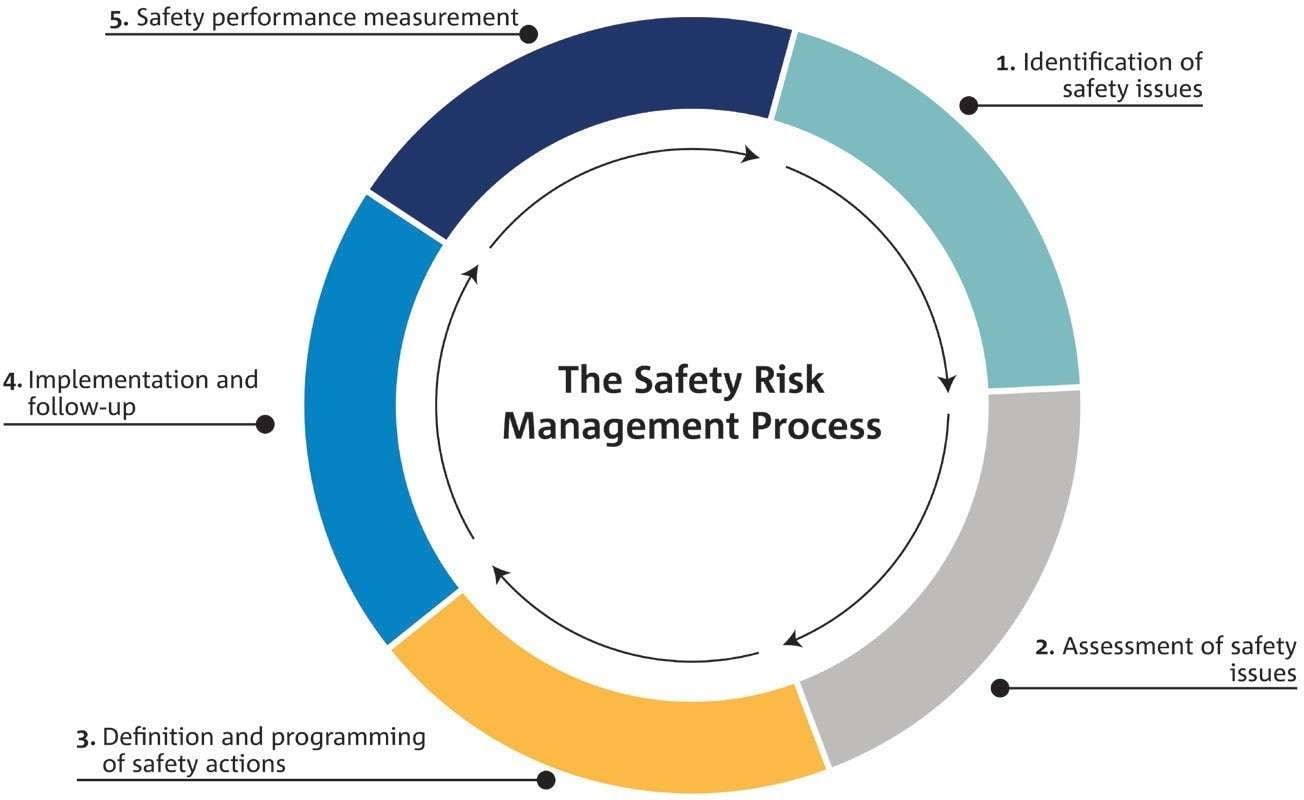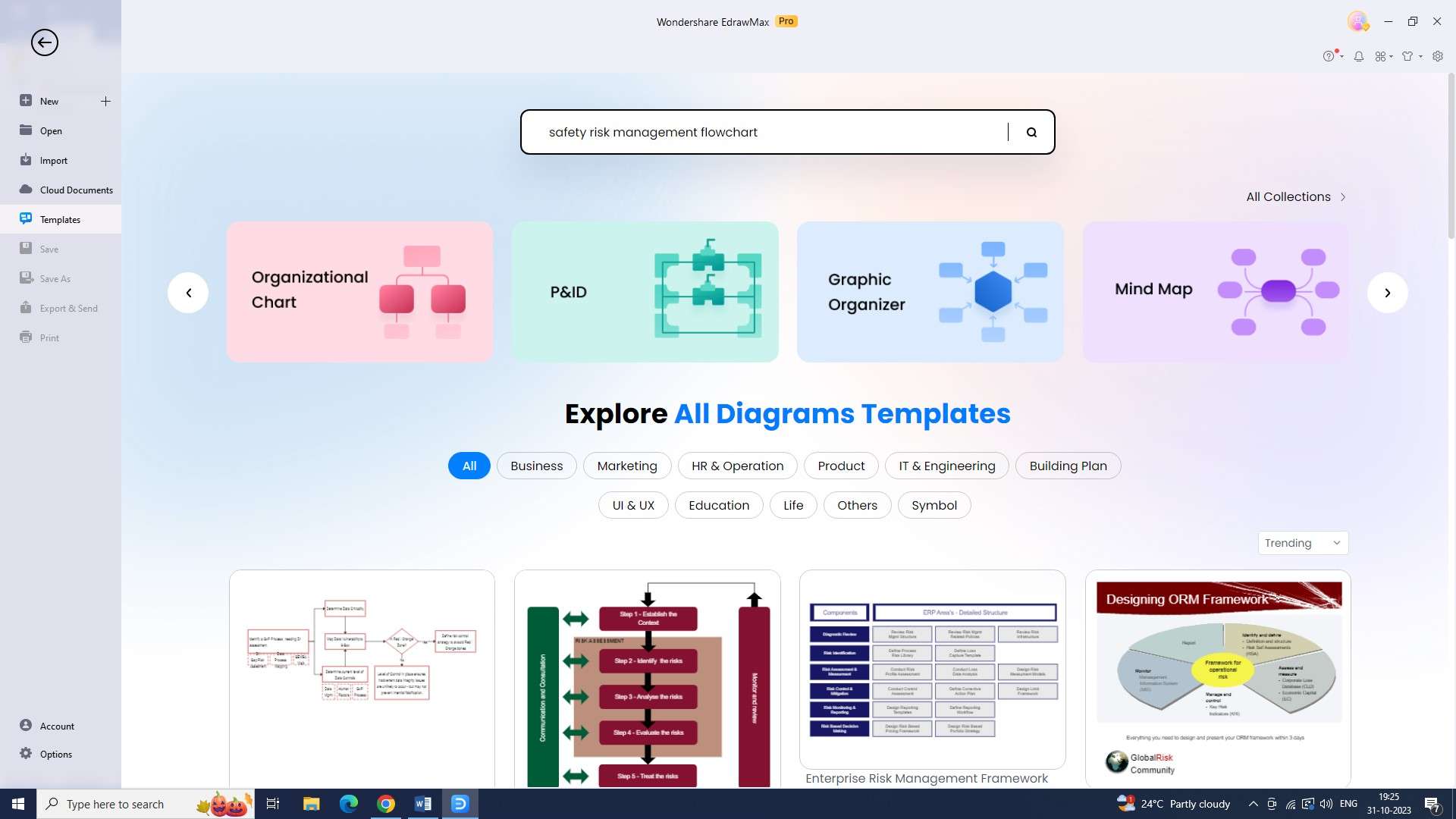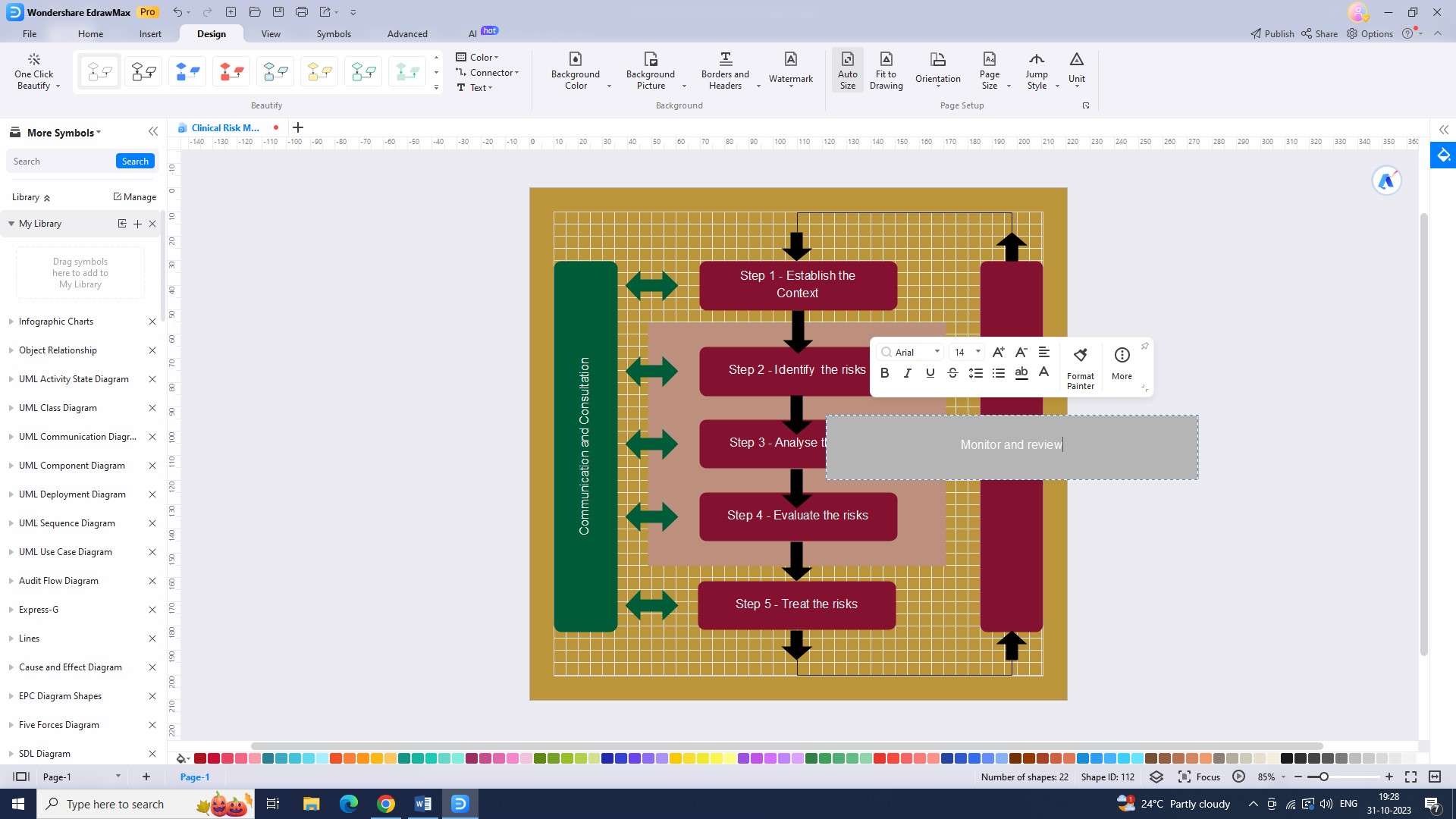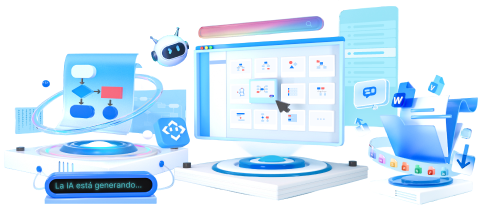Safety Risk Management (SRM) plays a pivotal role in various industries. It involves the identification, assessment, and control of risks in order to minimize potential harm to individuals, assets, and organizations as a whole.
Safety Risk Management (SRM) is the systematic approach employed by organizations to identify and mitigate risks that may compromise safety. It focuses on proactive measures to prevent accidents, injuries, and other negative outcomes. By effectively implementing SRM practices, organizations can establish a safer environment, enhance operational efficiency, and safeguard their employees, customers, and stakeholders.

In this article
Part 1. Elements of Safety Risk Management (SRM)
Safety and risk management comprises several essential elements. These elements significantly contribute to its effectiveness.
- Hazard Identification: The first step in SRM is to identify potential hazards that may jeopardize safety.
- Risk Assessment: Once hazards are identified, a comprehensive risk assessment is conducted to evaluate the likelihood and severity of potential adverse events.
- Risk Control: Risk control involves implementing measures to eliminate or minimize identified risks.
- Findings Recording: It is crucial to maintain comprehensive and accurate records of risk assessment results, risk control measures implemented, and any subsequent changes made.
- Continuous Review: Regular reviews of risk control measures ensure their effectiveness and identify any emerging risks that may require additional attention.
Part 2. Mainstreaming Risk Management into Organizations for Success
Integration of SRM into organizations is important. To ensure the successful integration of SRM into organizations, several key steps must be taken.
- Leadership Commitment: Top-level management must demonstrate a strong commitment to SRM by establishing a safety-oriented culture, allocating necessary resources, and actively participating in risk management activities.
- Employee Involvement: Engaging employees at all levels in the SRM process enhances organizational ownership and promotes a collaborative approach to risk management. Employees should be encouraged to report potential hazards and actively participate in risk assessments.
- Training and Education: Providing comprehensive training and education programs on SRM equips employees with the necessary knowledge and skills to actively identify, assess, and control risks within their respective areas of responsibility.
The responsibility for identifying and managing risks should be shared among various stakeholders within an organization. While top-level management holds overall accountability for establishing a robust risk management framework, employees at all levels should actively participate in health and safety risk management.
Part 3. Steps Needed for Patient Safety and Risk Management
Ensuring effective patient safety and risk management is crucial in the world of healthcare. To ensure patient safety and effective risk management in healthcare settings, some key steps should be followed.
- Identify Hazards: Healthcare providers need to identify potential hazards that could harm patients. This includes analyzing processes, medical procedures, and the physical environment with a focus on areas that could compromise patient safety.
- Assess the Risks: A comprehensive risk assessment should be conducted to evaluate the likelihood and potential harm associated with identified hazards. This analysis helps prioritize risks based on severity and guides subsequent risk control strategies.
- Control the Risks: Implementing risk control measures is crucial in healthcare settings to prevent adverse events. This may include enhancing infection control protocols, improving medication management systems, and ensuring adequate staffing levels.
- Record Your Findings: Detailed documentation of risk assessment outcomes, risk control actions, and subsequent changes made is vital. Accurate records facilitate continuous improvement, enable the identification of trends, and provide a foundation for future evaluations and audits.
- Review the Controls: Regular review and evaluation of risk control measures help assess their effectiveness, identify emerging risks, and determine the need for additional measures or modifications.
Part 4. Make a Safety Risk Management flowchart with Edrawmax
Creating a comprehensive and customized safety risk management flowchart with Wondershare EdrawMax is an efficient way to ensure proper safety protocols among employees and stakeholders. The tool offers a variety of easy-to-follow templates that can be modified to fit any specific organizational safety regulations. Here are the steps to make a flowchart for management of safety risks using the tool:
Step 1: First, log in to EdrawMax using your login credentials. You will be redirected to the homepage after completing this.

Step 2: You can now open a new document. To do this, click the "+" symbol next to the "New" button.

Step 3: To design your safety risk management flowchart, choose from a range of templates after a new document has been opened. A vast collection of templates is provided by EdrawMax.

Step 4: A customizable flowchart will be shown to you after selecting a template. The layout, background color, and other visual components of your flowchart can then be changed.

Step 5: You can now add text to your personalized flowchart. This can be accomplished by clicking on the shapes and entering text where it is needed.

Step 6: Your safety risk management flowchart must now be saved. To do this, go to the "File" menu and choose "Save As" to store your flowchart.

Step 7: Click the "File" menu and choose "Export" to export your flowchart. You may choose your preferred export format on the export options tab.

Final Thought
Safety Risk Management is closely interconnected with other pillars of organizational management, such as quality management, environmental management, and financial management. Effective SRM contributes to improved quality outcomes and enhanced financial performance.




